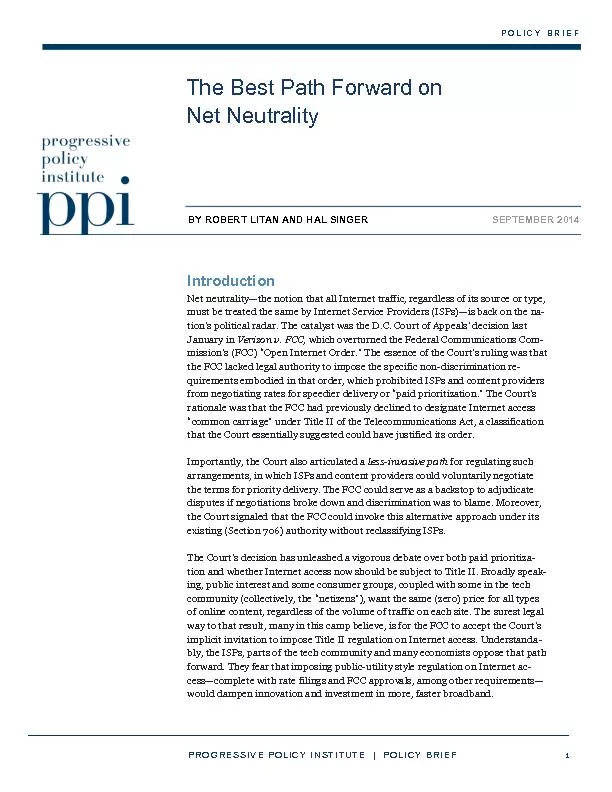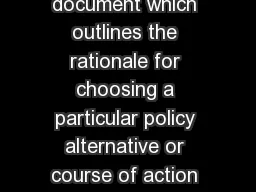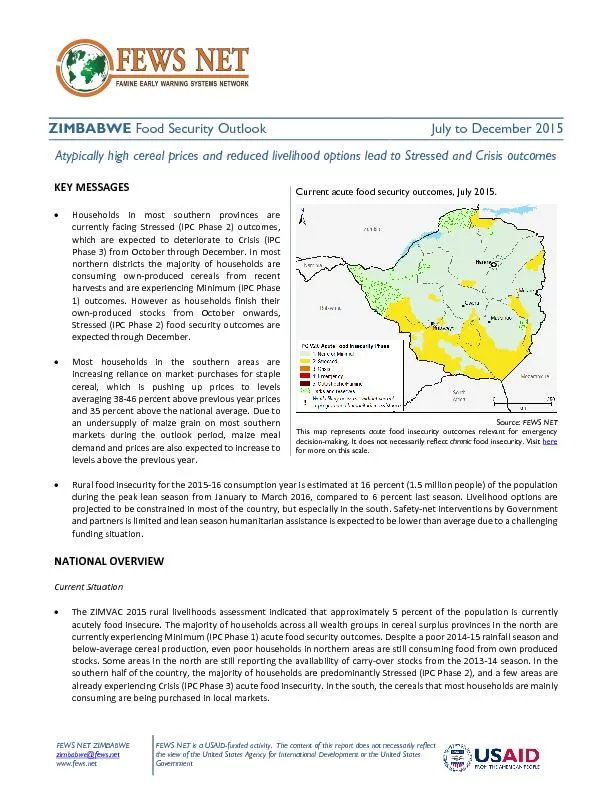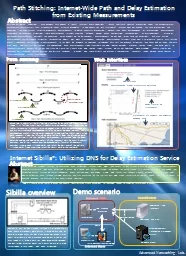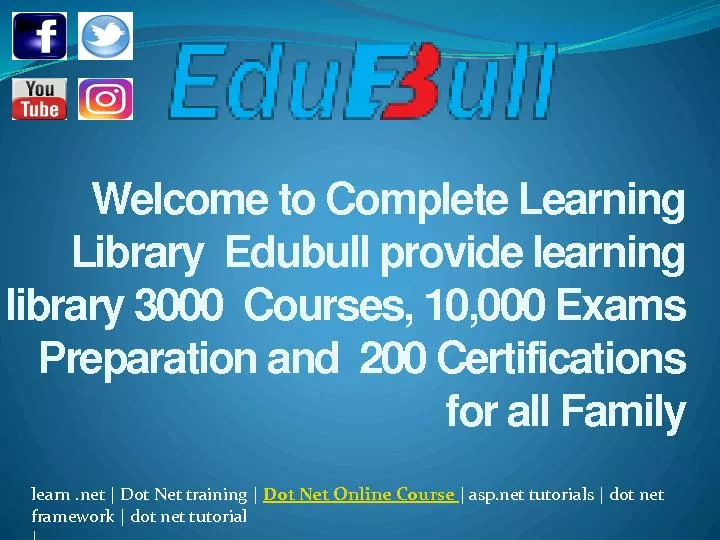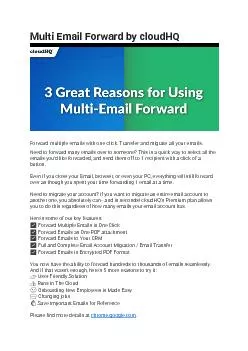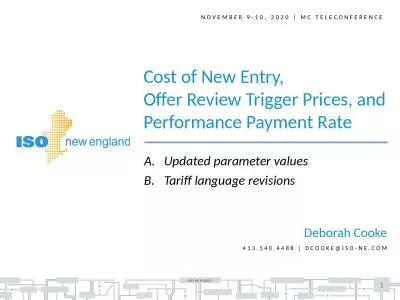PDF-POLICY INSTITUTE | POLICY BRIEF 1 The Best Path Forward on Net Ne
Author : lois-ondreau | Published Date : 2016-07-01
PROGRESSIVE POLICY INSTITUTE POLICY BRIEF 2 Unfortunately the debate between the two sides has taken on the character of a religious dispute with the FCC caught
Presentation Embed Code
Download Presentation
Download Presentation The PPT/PDF document "POLICY INSTITUTE | POLICY BRIEF 1 Th..." is the property of its rightful owner. Permission is granted to download and print the materials on this website for personal, non-commercial use only, and to display it on your personal computer provided you do not modify the materials and that you retain all copyright notices contained in the materials. By downloading content from our website, you accept the terms of this agreement.
POLICY INSTITUTE | POLICY BRIEF 1 The Best Path Forward on Net Ne: Transcript
Download Rules Of Document
"POLICY INSTITUTE | POLICY BRIEF 1 The Best Path Forward on Net Ne"The content belongs to its owner. You may download and print it for personal use, without modification, and keep all copyright notices. By downloading, you agree to these terms.
Related Documents

